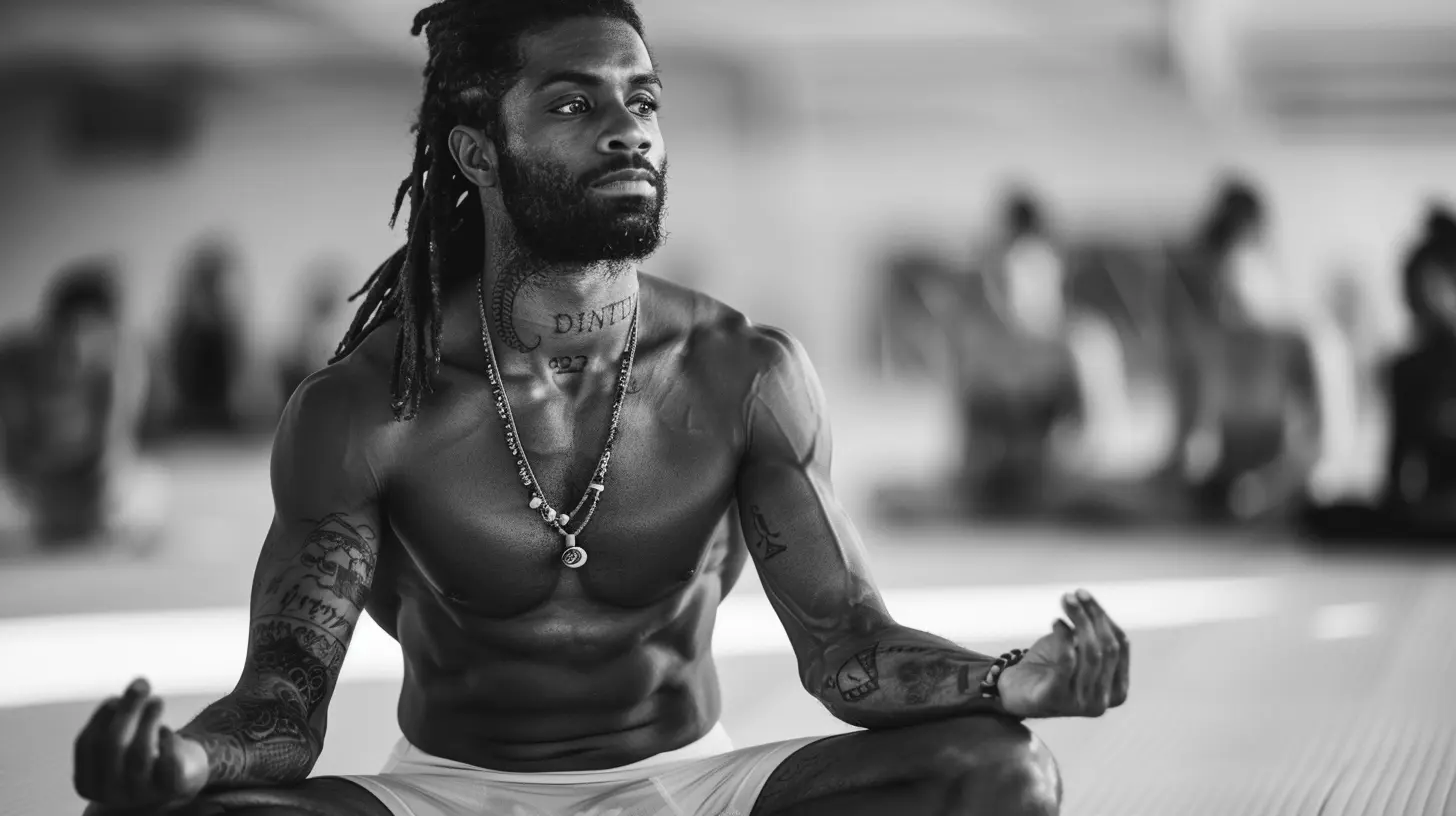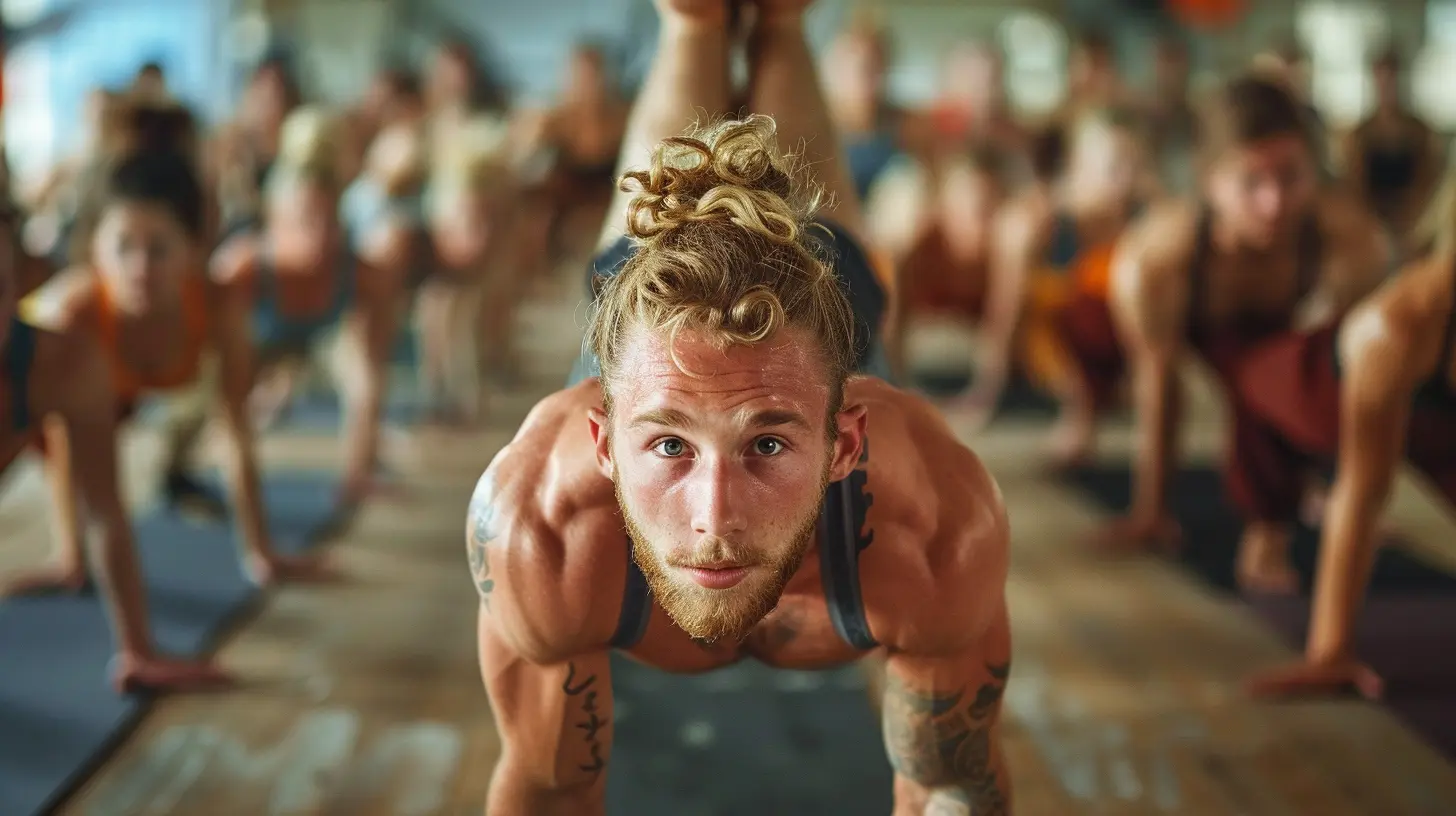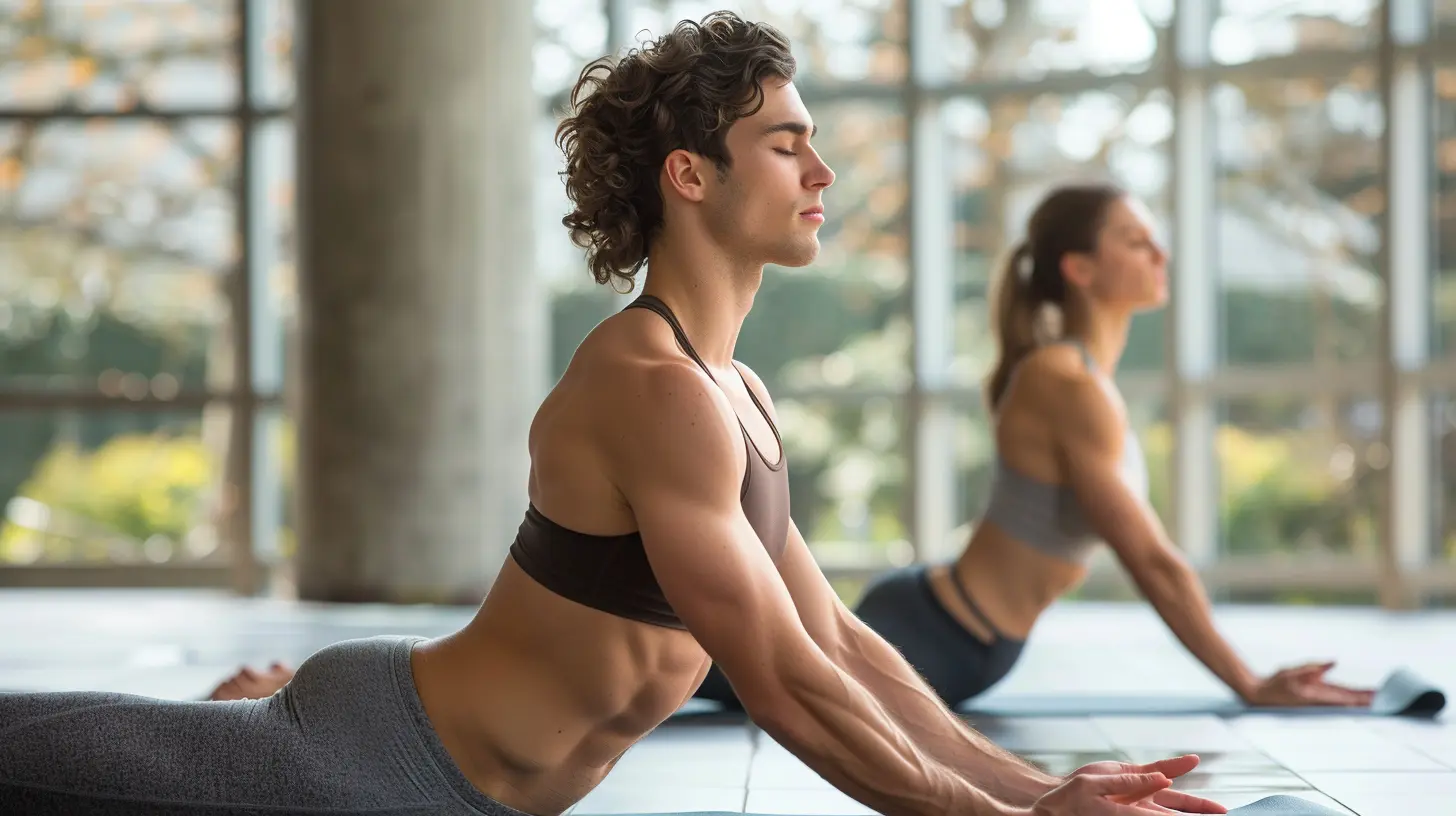Why Every Athlete Should Add Yoga to Their Training Program
14 August 2025
If you’re an athlete grinding through rigorous workouts and pushing your body to the limits, chances are yoga isn't the first thing that pops into your mind when it comes to training. You might even think it’s all about stretching in a quiet room with incense burning and soft music playing in the background. But here’s the truth most athletes miss: yoga can be your ultimate performance-enhancing tool. Yep, it's that powerful.
In fact, adding yoga to your training routine can be the game-changer you didn’t know you needed. Whether you’re a competitive sprinter, a weekend warrior in CrossFit, or a team sport junkie, yoga has something for everyone. Let’s break down why every athlete—yes, every single one—should be rolling out a mat and getting their "Om" on.
What Is Yoga Really About?
Before we dive into the benefits, let’s clear up a big misconception. Yoga isn’t just about flexibility. It’s a complete system that harmonizes the body, mind, and breath. It blends physical postures (asanas), breathing techniques (pranayama), and sometimes meditation to create a holistic workout.While it’s got ancient roots in Indian philosophy and spiritual practice, modern yoga has evolved into a versatile tool that supports modern-day athletes in achieving peak performance.
Boosting Flexibility and Mobility
Okay, let’s start with the obvious—flexibility. You might be thinking, “I can already touch my toes, why do I need yoga?” But flexibility in yoga isn’t just about being bendy, it’s about functional mobility—the kind that improves your range of motion where it matters most: on the field, in the gym, or during competition.Stiff hamstrings or tight hips can hold you back from generating power or executing proper form. Yoga helps lengthen those overworked muscles while balancing muscle groups that often get neglected.
Regular yoga = better mobility = improved performance and reduced injury risk. It’s a simple equation.
Injury Prevention: The Silent MVP
Let’s face it—nothing derails an athlete’s momentum like an injury. Whether it's a torn ACL or nagging lower back pain, being sidelined sucks. The cool thing about yoga? It builds resilience in your joints and connective tissues.Think of yoga like brushing your teeth—but for your muscles and joints. It flushes out tension, realigns imbalances, and strengthens your stabilizers. So instead of constantly treating injuries, you’re working to prevent them before they even happen.
Tight IT bands? Yoga’s got you. Chronic shin splints? Yep, yoga can help with that, too.
Mental Toughness and Focus
Let’s be real: athletic performance isn’t just about physical skills. Your mental game plays a massive role in how well you compete. Whether it’s keeping your cool in overtime or bouncing back after a mistake, mental stamina is crucial.Yoga teaches you how to focus under pressure by training your breath and awareness. The practice of mindfulness during yoga—that quiet mental zone when you’re hyper-aware but calm—can carry over into your sport.
Imagine standing at the free-throw line or facing your opponent one-on-one with total clarity and calmness. That’s the yoga effect. It’s not magic, but it sure feels like it.
Improved Breathing = Better Endurance
Here’s a secret weapon most athletes overlook: breathing. You breathe all day, right? But how often do you pay attention to how you're doing it?Most of us breathe shallowly, especially during intense workouts. Yoga incorporates specific breathing techniques that train your respiratory muscles, helping you breathe deeper and more efficiently.
This doesn't just help in yoga class—it translates directly to better oxygen delivery, improved stamina, and quicker recovery during high-intensity training sessions. Imagine having an extra lung—that’s what controlled breathing can do.
Faster Recovery Time
Ever feel like you’re always sore, even after rest days? That’s your body screaming for active recovery. Enter yoga—the ultimate recovery tool.By gently moving through restorative poses and deep stretches, you increase blood circulation, flush out metabolic waste, and promote tissue repair. It’s like a massage for your entire body, minus the hefty spa bill.
Even 15–20 minutes of post-workout yoga can reduce soreness and help you bounce back stronger. Trust me, your foam roller will thank you.
Enhancing Balance and Coordination
Every sport demands a level of balance and coordination. From cutting and pivoting in football to maintaining center of gravity in gymnastics—balance is key. Yoga trains these skills in a low-impact, controlled environment.Many yoga poses test your proprioception—your body's ability to sense movement and spatial orientation. The result? Sharper balance, better body control, and quicker reaction times.
It’s like installing a better operating system for your body.
Strength Through Stability, Not Just Muscle
You don’t need to lift heavy to build strength. Yoga focuses on functional strength, activating stabilizing muscles that don’t get much love during traditional weight training.Holding poses like plank, warrior, or crow engages multiple muscle groups, especially those deep, hard-to-reach core muscles. This kind of strength supports better posture, more efficient movement, and yes—helps those PRs go up, too.
Yoga doesn't replace your strength training—it amplifies it by filling in the gaps.
Creating a Body/Mind Connection
Athletes are often told to “listen to their body,” but how many actually do? Yoga forces you to tune in. You learn to recognize the difference between good pain (progress) and bad pain (injury warning). You start to appreciate your body's subtle cues, making smarter decisions in training and competition.It’s not just about pushing harder—it’s about being strategic with your energy and effort.
Breaking the Burnout Cycle
Let’s talk burnout. All that grind, hustle, and non-stop training can wear you down physically and mentally. Yoga offers a counterbalance to the noise—literally and figuratively.It invites stillness, recovery, and self-care into a lifestyle that’s often all gas, no brakes. You don’t have to go full-zen monk mode, but even a weekly yoga session can restore balance, helping you stay motivated and on-point long-term.
Types of Yoga Athletes Should Try
Not all yoga is the same. There’s a style for every type of athlete and training goal:- Vinyasa Flow – Great for strength, flexibility, and cardio conditioning.
- Yin Yoga – Perfect for deep tissue work and recovery days.
- Hatha Yoga – Ideal for beginners and active recovery.
- Power Yoga – For those wanting a more intense, sweat-inducing session.
- Restorative Yoga – Pure relaxation and healing, especially after intense games or competitions.
Mix and match according to your schedule and needs.
Real Athletes, Real Results
Still not convinced? Let’s name-drop: LeBron James, Novak Djokovic, Tom Brady, Serena Williams—all elite athletes who’ve openly credited yoga as a key part of their training.If yoga works for the world’s top performers, chances are it can work wonders for you, too.
Practical Tips to Get Started with Yoga
Thinking about giving it a shot? Here’s how to ease into it:1. Start slow – Try a beginner class or follow a 15-minute YouTube session.
2. Be consistent – Two to three times per week is a good start.
3. Listen to your body – Skip the poses that feel off; there’s no ego in yoga.
4. Use props – Blocks, straps, and bolsters aren’t just for newbies—they help you get the most out of each pose.
5. Track your progress – Pay attention to how your body and mind feel over time.
Remember, you’re not trying to become a yogi—you’re trying to become a better athlete.
The Final Word: Yoga Is For Athletes, Too
At the end of the day, yoga isn’t just for the flexible or the spiritually inclined. It’s a powerful, practical tool that transforms performance, prevents injury, sharpens focus, and supports recovery.So next time you’re planning your training week, make space for the mat. Because adding yoga to your training program isn’t just good for you—it might just be the missing piece in your athletic puzzle.
Go ahead. Strike a pose. Your future self will thank you.
all images in this post were generated using AI tools
Category:
YogaAuthor:

Ruben McCloud
Discussion
rate this article
1 comments
Molly Shaffer
Yoga isn't just for flexibility; it's a game-changer for athletes. It enhances focus, reduces injury risk, and boosts performance—period. If you're serious about your sport, integrating yoga into your training is non-negotiable. Don’t fall behind; embrace this powerful tool and elevate your game unapologetically!
September 4, 2025 at 2:58 AM

Ruben McCloud
Absolutely! Yoga offers incredible benefits for athletes, enhancing not just flexibility but also focus and injury prevention. Integrating it into training is essential for optimal performance. Embrace yoga to take your game to the next level!


